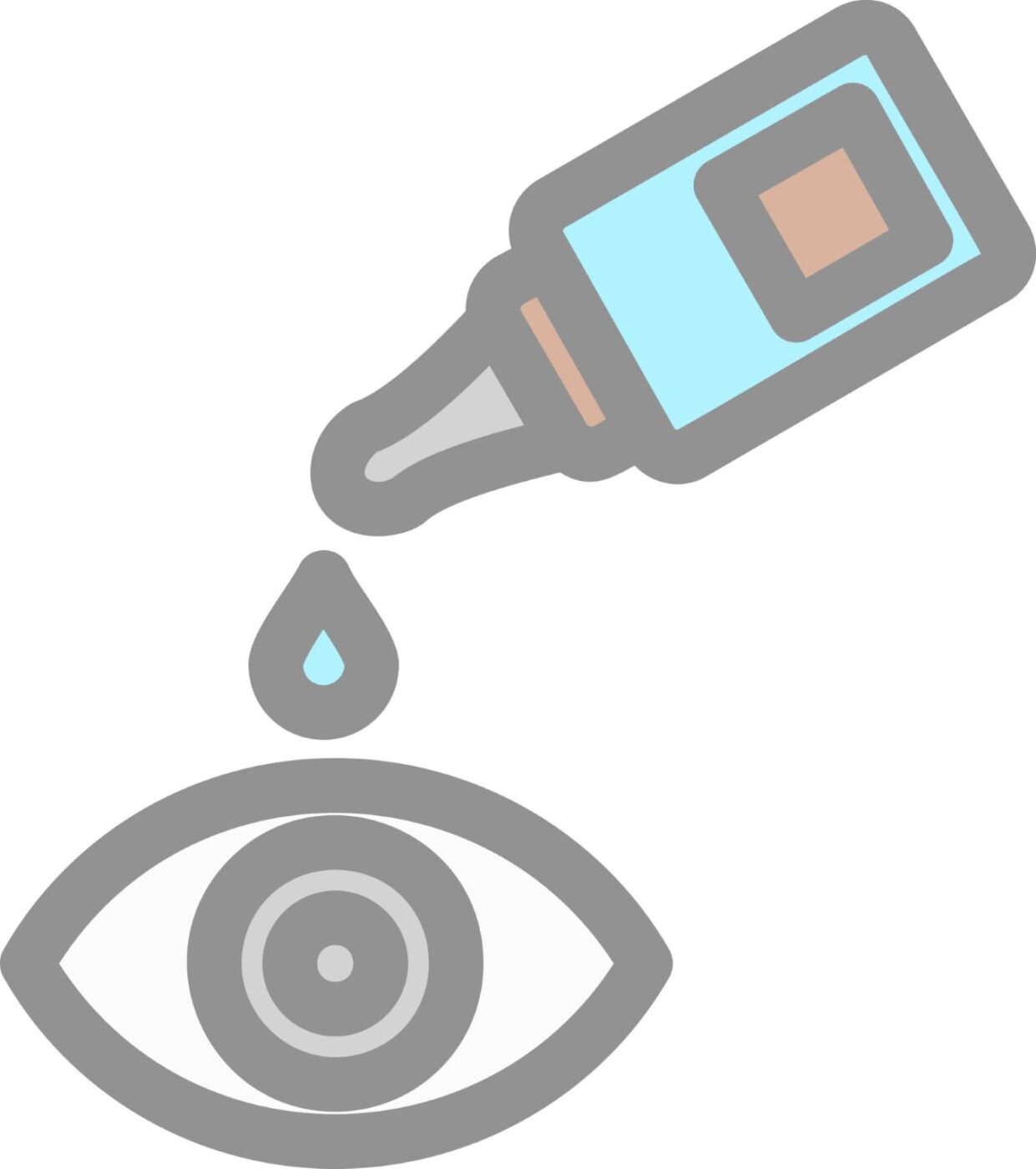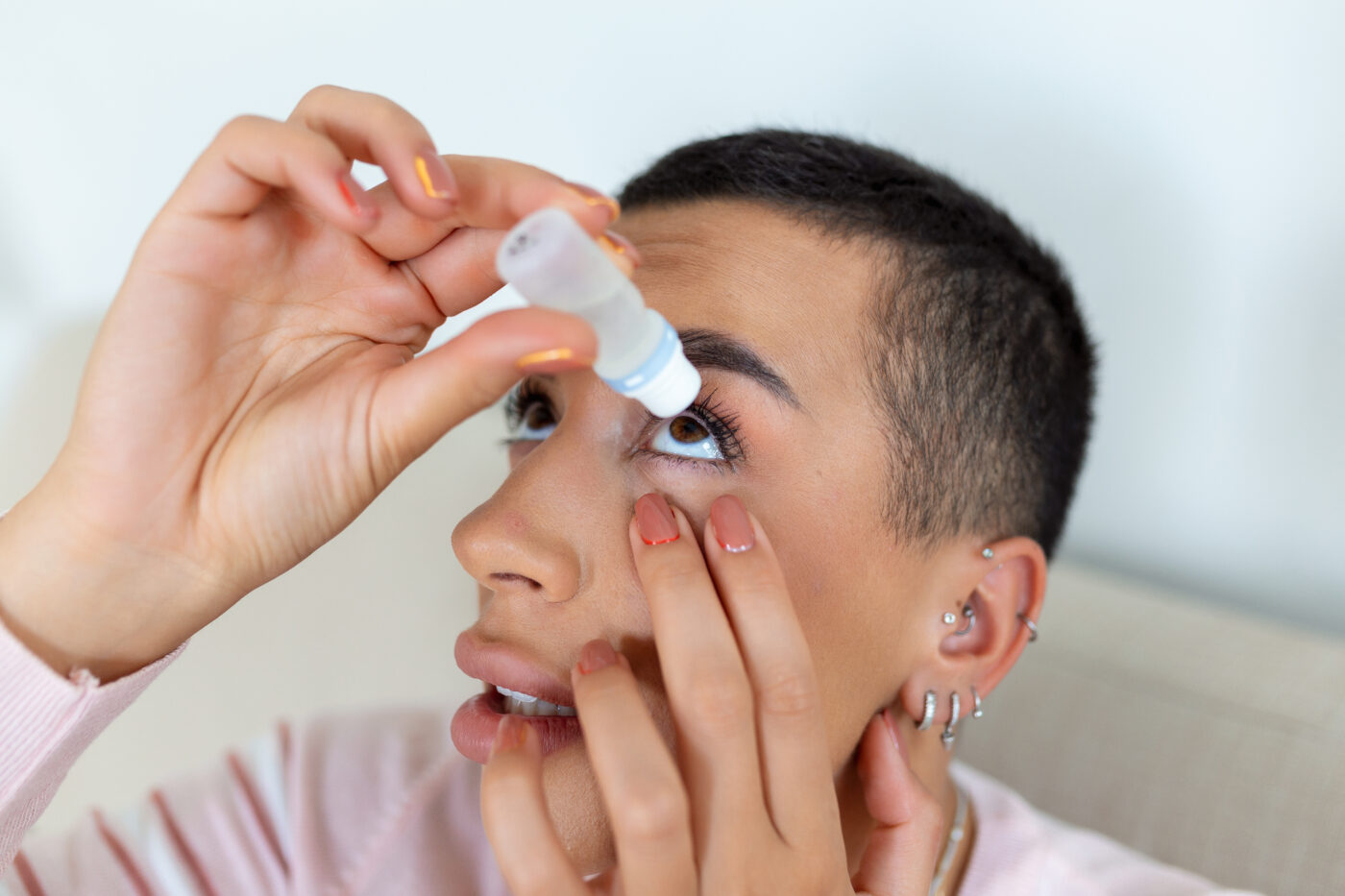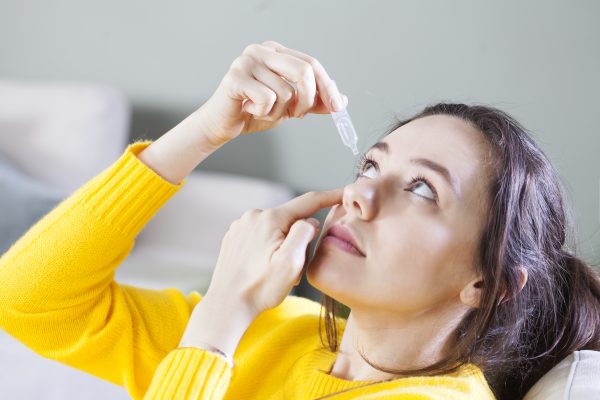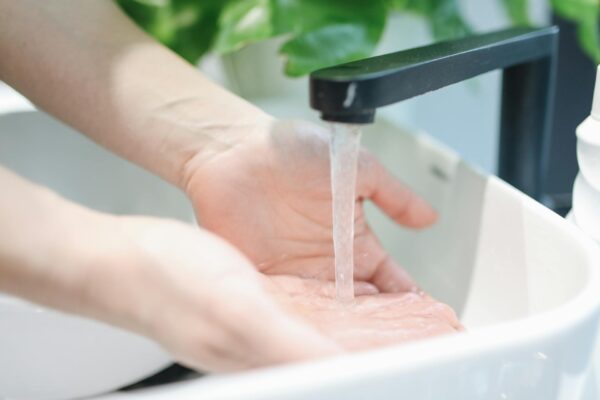The array of eye drops available can be bewildering, particularly if you’re contending with multiple symptoms. How do you discern which type is suitable for your needs? Consulting your eye care professional is paramount. Using an inappropriate eye drop type can exacerbate symptoms or lead to overuse, compromising safety.
Types of Eyedrops

Allergy eye drops: These contain antihistamines to alleviate allergy-related eye discomfort.
Anti-redness drops: Formulated with decongestants, these reduce blood vessel swelling, temporarily diminishing redness.
Dilating Drops: Used during comprehensive eye exams to temporarily enlarge your pupils, allowing your doctor to better view the interior of your eyes.
Numbing Drops: Applied before certain procedures or surgeries, like LASIK, to temporarily numb the eye and prevent discomfort.
Artificial tears: These lubricate dry eyes, providing moisture. Artificial tears are often given to provide dry eye relief after LASIK.
Safety Considerations
Contamination: Avoid contact between the dropper tip and your eye or fingers to prevent bacterial contamination. Wash your hands thoroughly and properly before each use. Always put the cap in immediately after use and store the eye drops in a clean, sterile environment.
Expiration dates: Adhere to expiration dates, storage instructions, and guidelines for post-opening use duration. Remember that once you open the bottle, preservatives and other active components start to degrade, reducing their efficacy and raising the risk of infection. It’s generally advised by manufacturers to dispose of opened eye drops after 28 days. Single-application vials should be discarded right after use.
Overuse of Drops
Finding the Balance and adhering to instructions is vital. If symptoms persist beyond 72 hours, consult your doctor. Regular use beyond guidelines can lead to dependency and exacerbation of symptoms.
Frequency of Use
Preservative-free lubricating drops are suitable for frequent use as directed. However, refrain from using preservative-containing drops more than four times daily, and use allergy and anti-redness drops only as prescribed. Daily prolonged use without medical approval is discouraged. Discontinue use if symptoms persist beyond three days and consult your eye doctor for chronic conditions.
Long-term Effects of Overuse
Overreliance on eye drops can mask underlying conditions and may exacerbate symptoms upon cessation, known as rebound effect. Remember, eye drops provide temporary relief, not a cure. Persistent symptoms warrant professional evaluation for proper treatment.
Categories:



